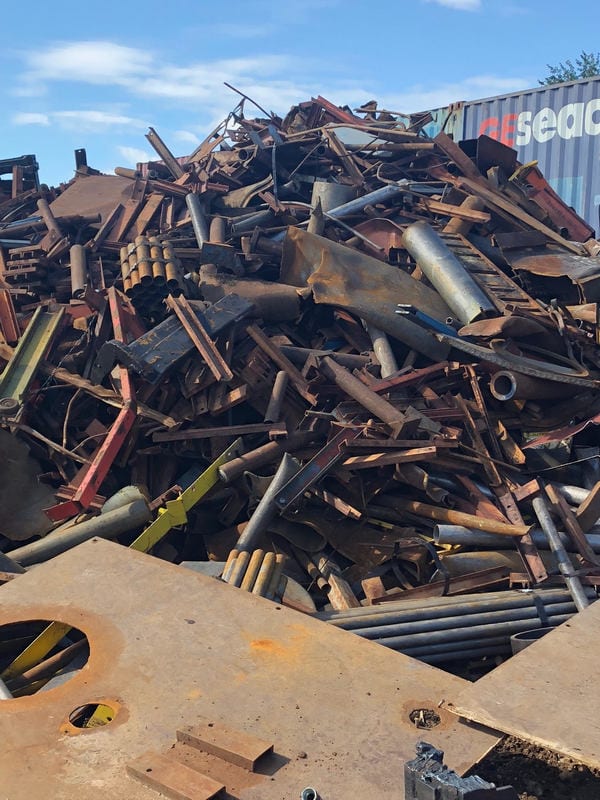Corrosion and rusting are two terms that are often used interchangeably. But they are not the same thing.
The following helps explain which metals corrode, why they corrode, and how you can distinguish between corrosion and rusting.
Why Natural Metals Corrode
The only natural metals found in nature in their real metallic states are copper and precious metals, such as silver, gold, and platinum.
All other metals, such as elemental iron and its alloys like steel, corrode because they are used in environments where they are not chemically stable. These metals are man-made and go through a process that turns their raw minerals or ores into metals.
Since these metals are man-made and unstable, they tend to revert to their previous, more stable mineral forms. They form passive films, also called protective ceramic films, on their surface that can help prevent or slow down the corrosion process.
How to Distinguish Between Corrosion and Rusting
While corrosion and rust seem very similar, they are not the same. Here is how to distinguish between corrosion and rusting.
Corrosion
Corrosion is a gradual breakdown of metals through a chemical reaction in the environment where they are being used.
When metal comes into contact with the external environment, like air or moisture, it can degrade over time. It undergoes oxidation and reacts with that exposure to oxygen. That deterioration is known as corrosion and can weaken the metal’s useful properties, such as its appearance, strength, and ability to hold back liquids and gasses.
Other external factors that can cause corrosion include acids, bases, water, oils, salts, and other liquid chemicals. Corrosion only requires exposure to either air or chemicals.
Rust
Rust is a type of corrosion called oxidation that only occurs with metals containing iron or its alloys. Only metals that contain iron or its alloys can rust since this term specifically refers to the oxidation of iron.
For rusting to occur, several conditions must be met. The oxidation of iron occurs when it is exposed to air and moisture. It happens on the surfaces of elemental iron and its alloys, like steel.
When rust is exposed to certain elements, like air or moisture, iron will react to a series of iron oxides. This compound produces a reddish-brown color known as rust.
Once rusting starts, it will begin to spread unless it is treated. Eventually, if left untreated, the entire metal object will rust and disintegrate. Unlike corrosion, rusting requires surface exposure to moisture and also to air. Corrosion only requires exposure to one single element.
Do You Have Rusty Metal to Recycle?
Do you have access to rusty scrap metal and want to know if you can recycle it? There is good news! In most cases, you can recycle metal that is either corroded or rusty.
Greenway Metal Recycling in the greater Chicago area offers a comprehensive recycling program to businesses looking to streamline their scrap metal recycling practices. If you have any questions, please contact us today!
Read next: Ferrous vs. Non-Ferrous Metals: What’s the Difference?

